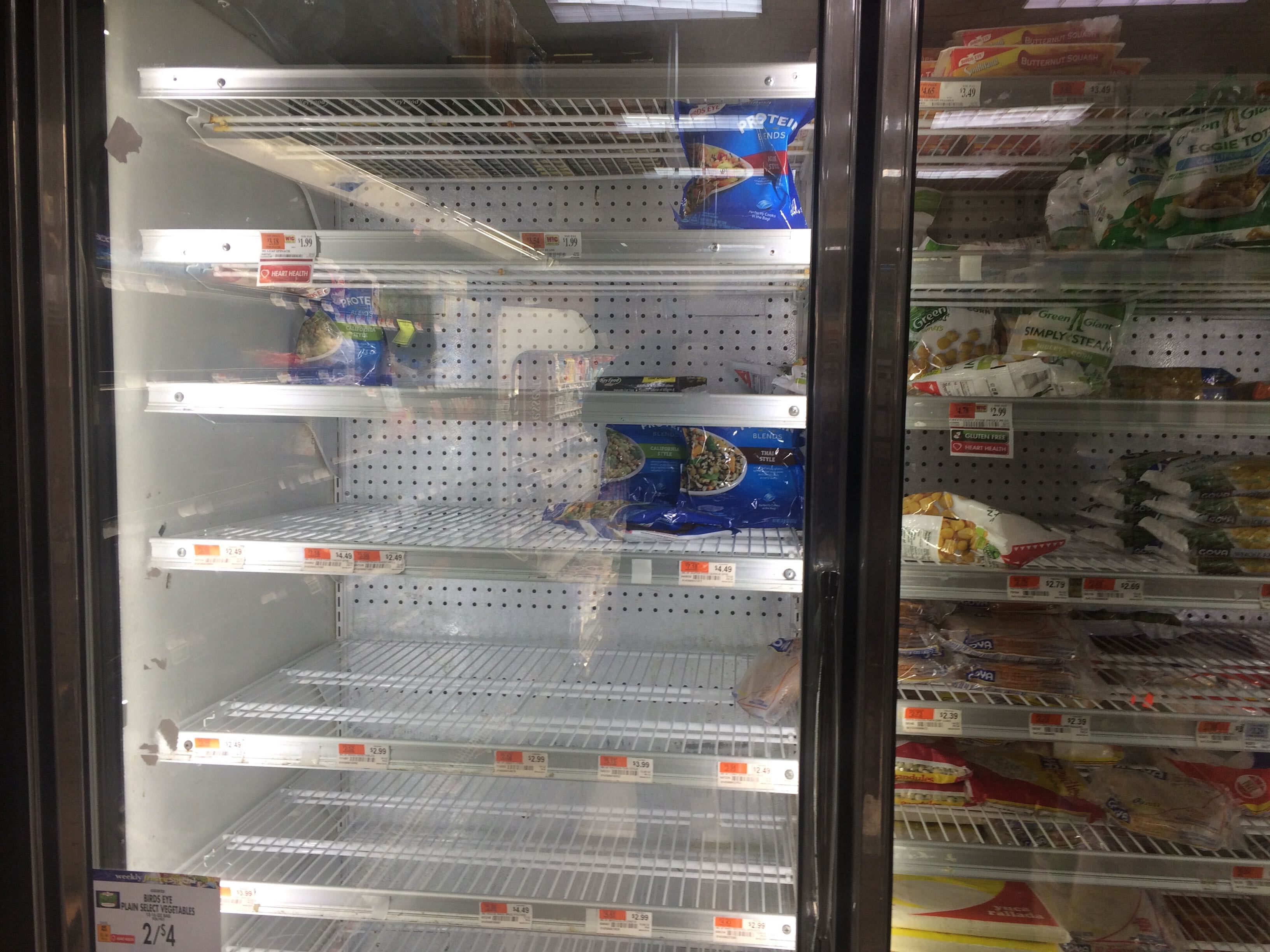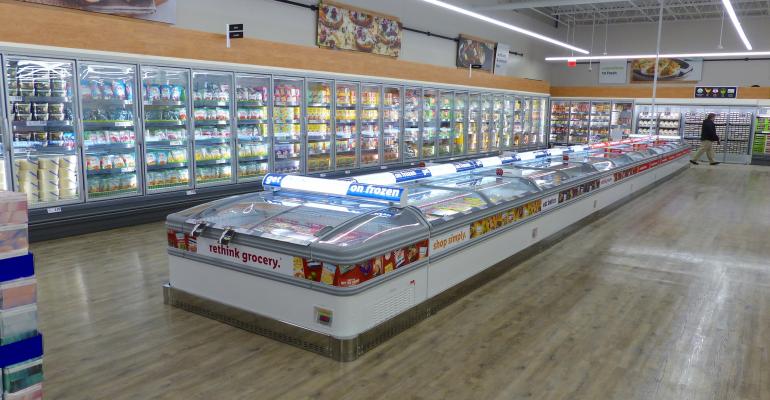Even in normal times, the frozen food and dairy sections of the supermarket were driving strong sales and store traffic. Just ask Jeff Rumachik, executive vice president and chief operating officer of the National Frozen & Refrigerated Foods Association (NFRA).
Harrisburg, Pa.-based NFRA recently released its annual State of the Industry Report, which takes a deep dive into frozen and refrigerated food shopping and retail trends. Combined, frozen and dairy accounted for $125 billion in sales for 2019. On average, shoppers last year made 70 store trips to buy frozen and dairy items, and they spent $13.44 per trip.
Frozen continues to experience a rebirth, generating two years of back-to-back growth with sales of $54.6 billion, a gain of $918 million. The department accounts for 31 trips per buying household annually and adds $10.90 to the shopping basket per trip. More growth is expected for the category, according to NFRA, which noted that half of U.S. households have access to more than one freezer, giving them extra capacity to stock up.
Dairy, the second-largest edible department in the supermarket (excluding alcoholic beverages), tallied 2019 sales of $71 billion, delivering $550 million in year-over-year growth. NFRA said the dairy section drives 47 trips per buying household per year, with milk and cheese at the top of shoppers’ lists.
Expect those numbers to go up substantially in the current coronavirus pandemic, said Rumachik, who recently participated in an SN Off the Shelf podcast.

“This is certainly an unusual time we’re in, and it’s certainly unprecedented, dealing with this pandemic. Our industry has experience in dealing with emergencies, and that will serve us well as we face this uncertainty that lies ahead,” Rumachik (left) said.
“What we hear is that people are stocking up. They’re stocking up their freezers, their refrigerators and their pantries as they prepare for, really, the unknown. I think one of the positives in all of this is that we do have a strong and safe food supply, and refrigerated and frozen foods are well-positioned to provide convenient and healthy meal solutions as everyone adjusts to this national emergency.”
As consumers stock up their home freezers, Rumachik is seeing increased sales of frozen pizza, frozen vegetables, dinners and entrees, frozen breakfast and other foods. On the refrigerated side, staples like milk, eggs, cheese, butter and orange juice are experiencing spikes.
While refrigerated products don’t have the same shelf life as frozen, Rumachik notes that the category lasts longer than fresh categories like produce. “People are making sure that they have enough of those of those staples in their refrigerators,” he said. “My gosh, eggs alone can last for a long time in a refrigerator and cheese for sure. And other categories as well. So refrigerated products are well positioned for this kind of a thing.”

The frozen category has been one of the hardest hit by shoppers during the coronavirus surge. Customers are increasingly seeking out the convenience and variety the category offers.
Frozen renaissance
Rumachik believes it’s an exciting time for the frozen category, even before the current pandemic surge. Pre-coronavirus, the category, which has grown over the last three years, is yielding nearly $55 billion in annual sales and seeing year-to-year growth of 1.7%, according to Nielsen. The top subcategories in frozen — ice cream, pizza, seafood novelties, frozen vegetables and complete meals — account for nearly 50% of the whole frozen food category.
Part of the rebirth of frozen foods, according to Rumachik, is a change in consumer perception that has been encouraged by manufacturers and retailers.
“I think one of the biggest things that’s happened here is that there’s been a shift in our industry from defending frozen to promoting food that just happens to be frozen,” he said. “We remind consumers that frozen food is real food. It's just frozen. The products are made with chef-inspired recipes. There are flavors from around the world, with fresh flavors and portions and packaging that don’t leave anything to waste. It's really a fun story to tell.”
He continued, “If you think about it, the average frozen food department in a supermarket has 3,700 different items in it. Imagine standing in your kitchen, you're trying to figure out what to eat and you open up your freezer and you're looking at 3,700 different items that you can choose from, to eat or to make a meal with. It’s pretty amazing.”
These days customers can find everything from ramen to pho to plant-based and nutritional foods in the freezer case.
“Long gone are the days of TV dinners and products that, once you make them, they don't really look like the picture on the box,” said Rumachik. “Our manufacturer members have done an amazing job in responding to the changing consumer and creating frozen products that people want, products that fit lifestyles of today and tomorrow as well. We see people looking for a lot more in their food than they ever used to, from functional foods to address health issues or they might want less carbs or plant-based proteins or gluten-free or vegan. And again, our frozen food manufacturers are innovating and they’re creating products to satisfy those needs. That's driving a lot of this change.”
For our most up-to-date coverage, visit the coronavirus homepage.





